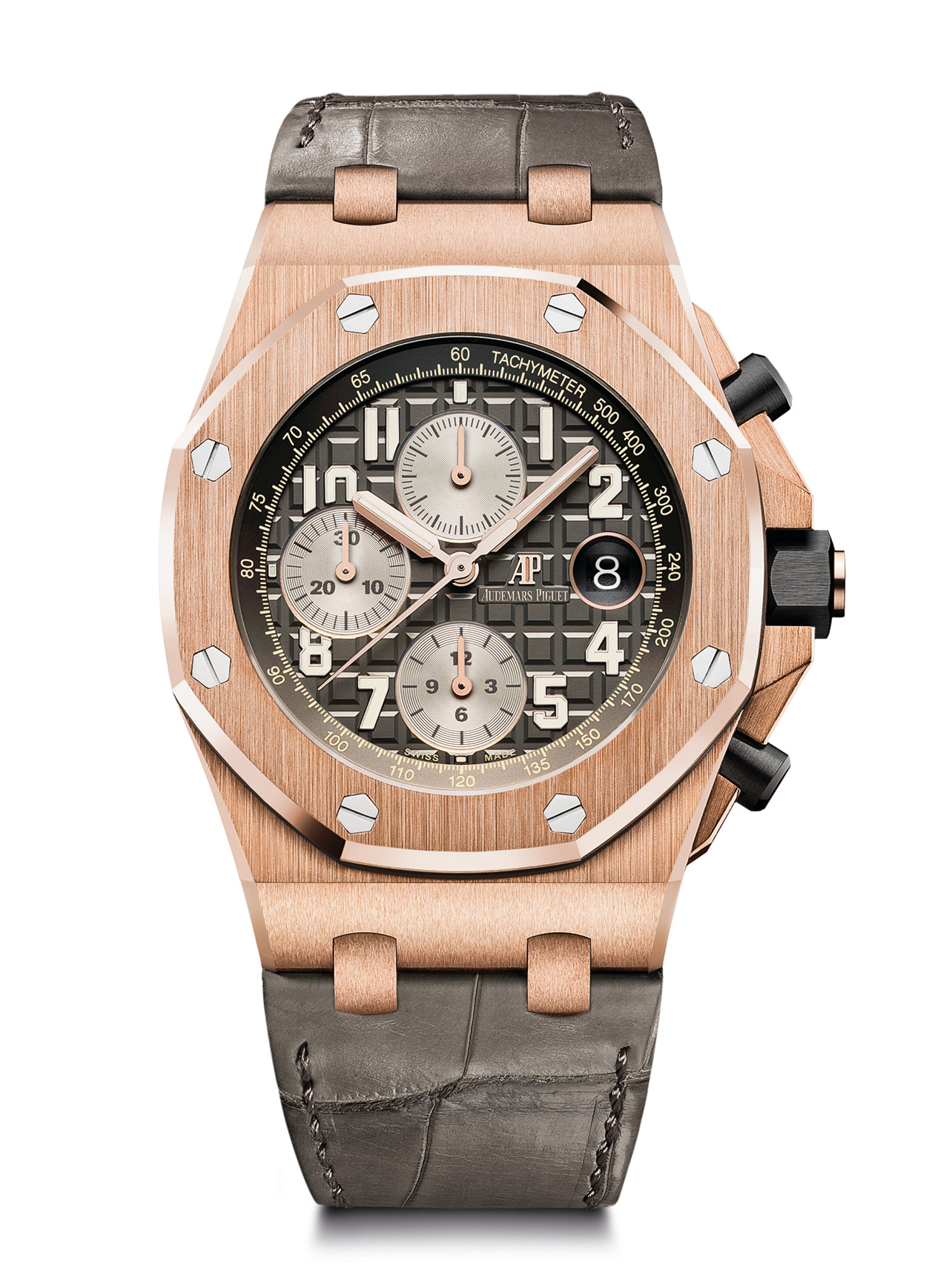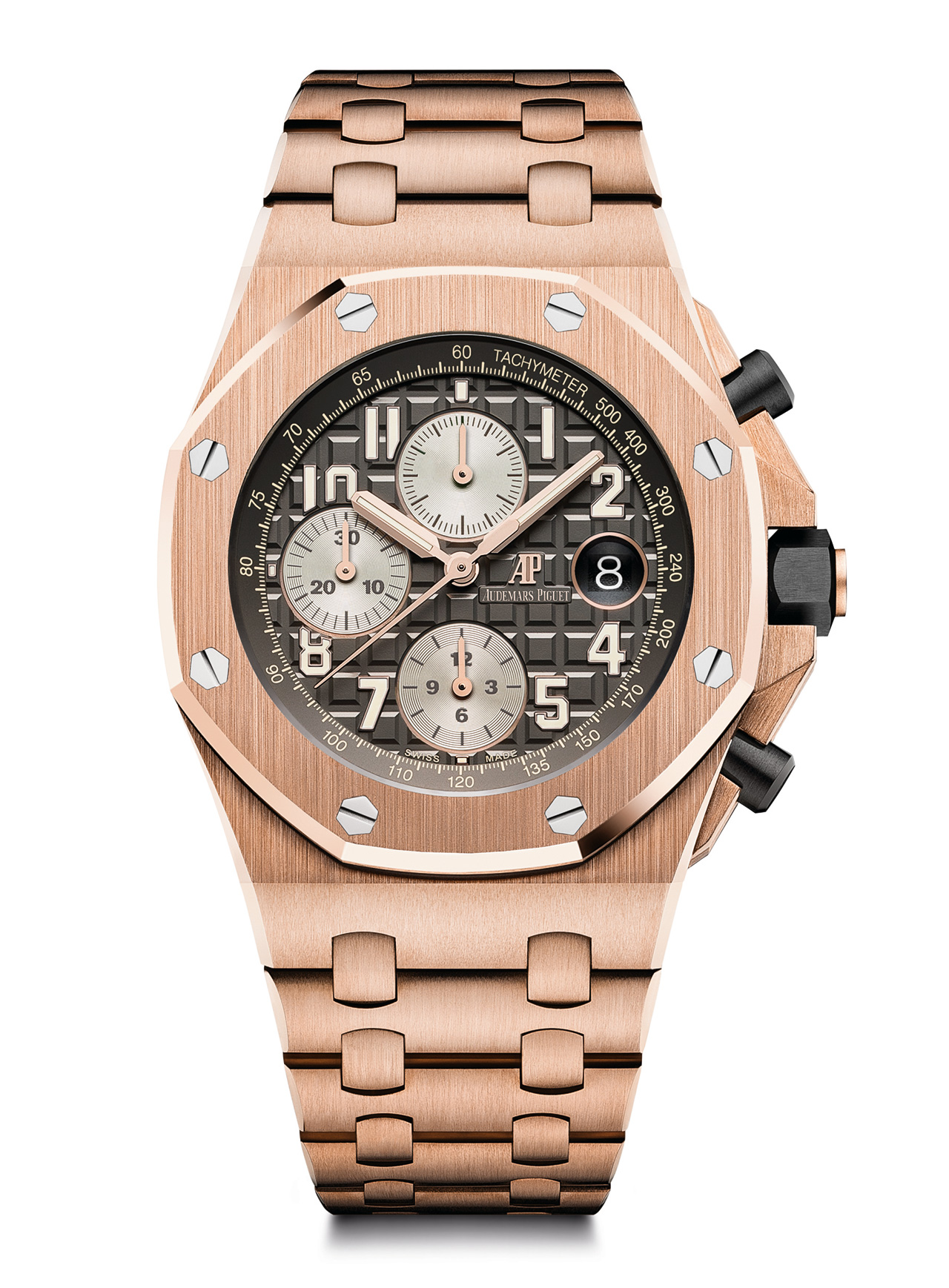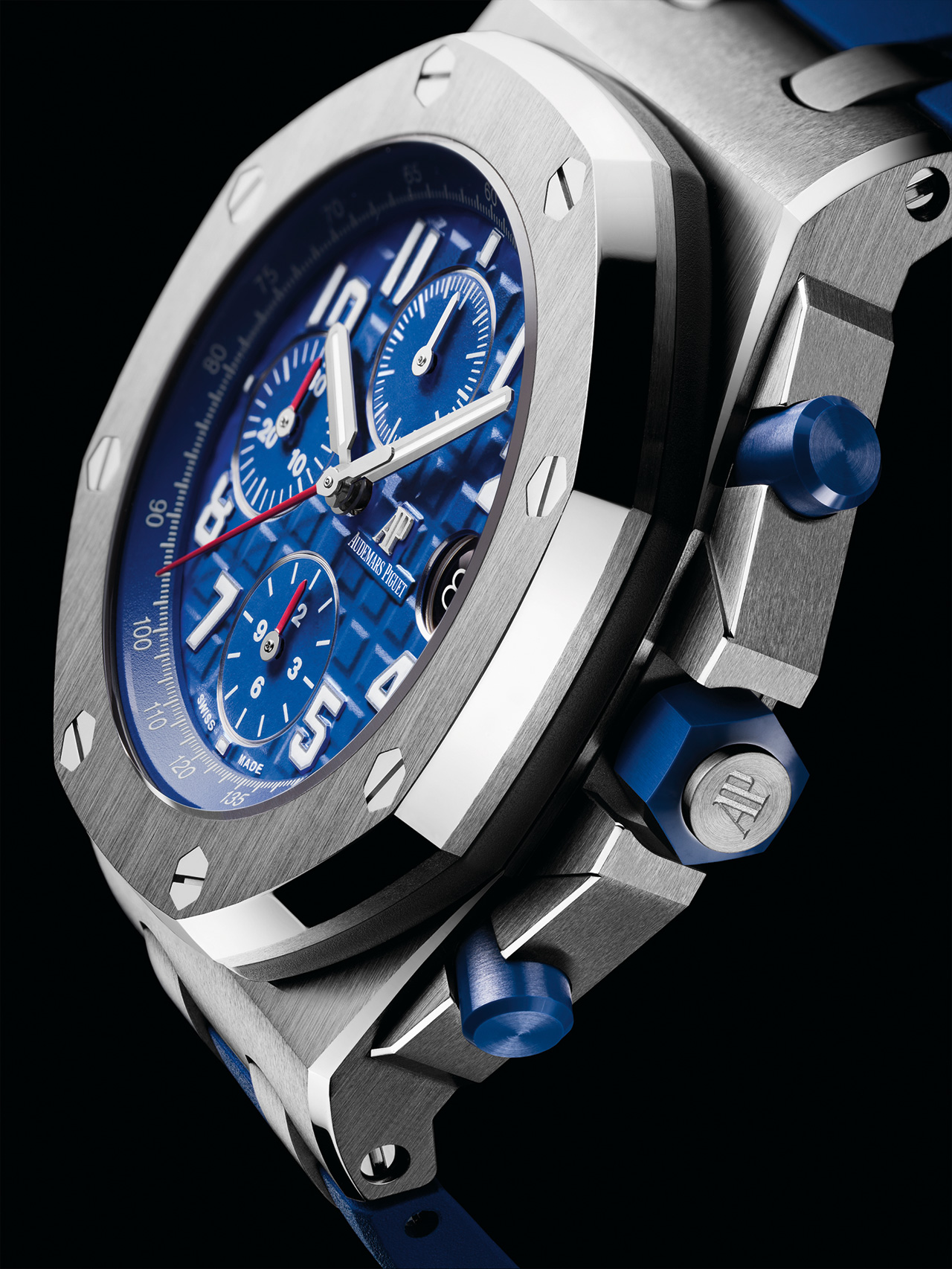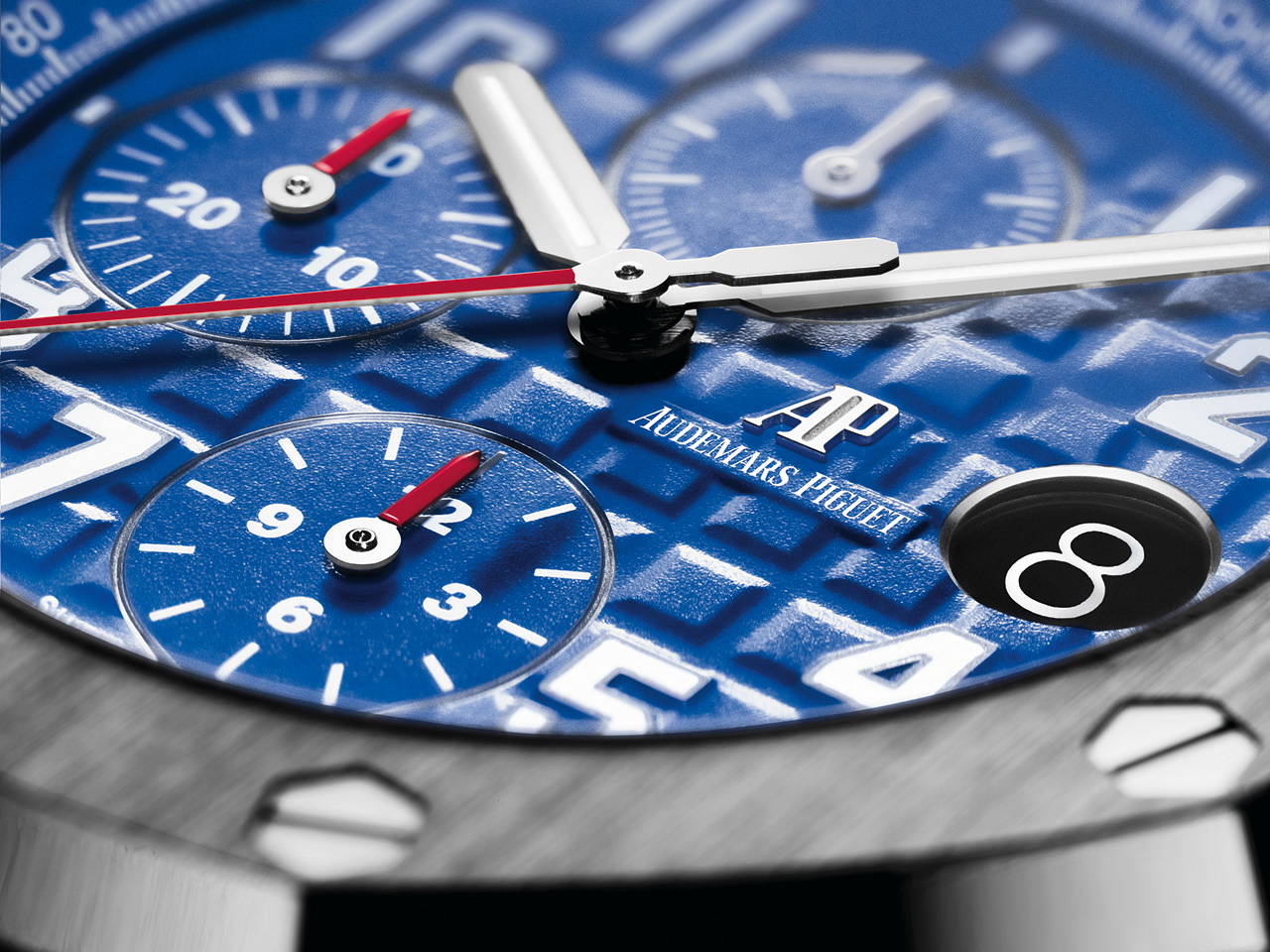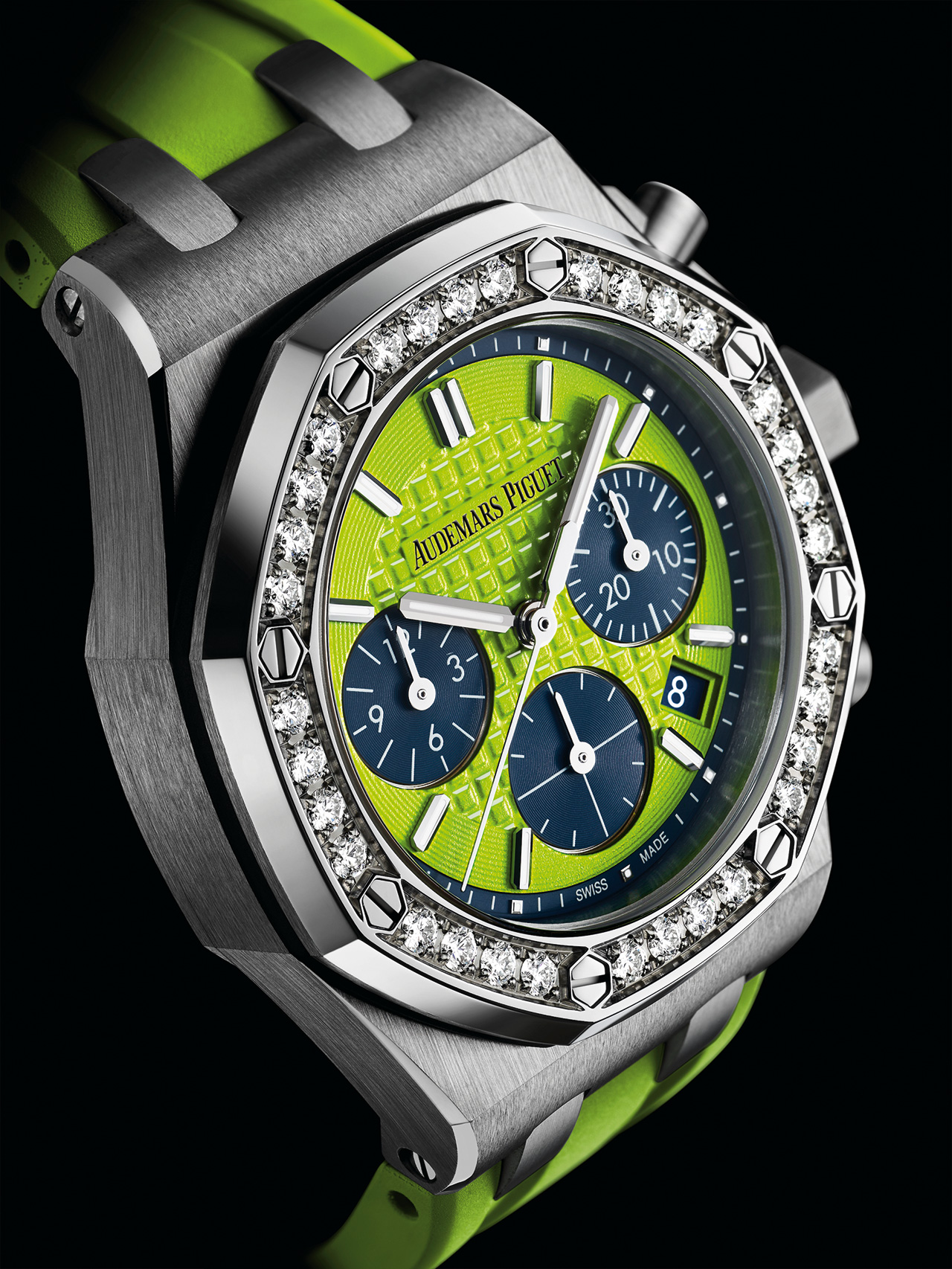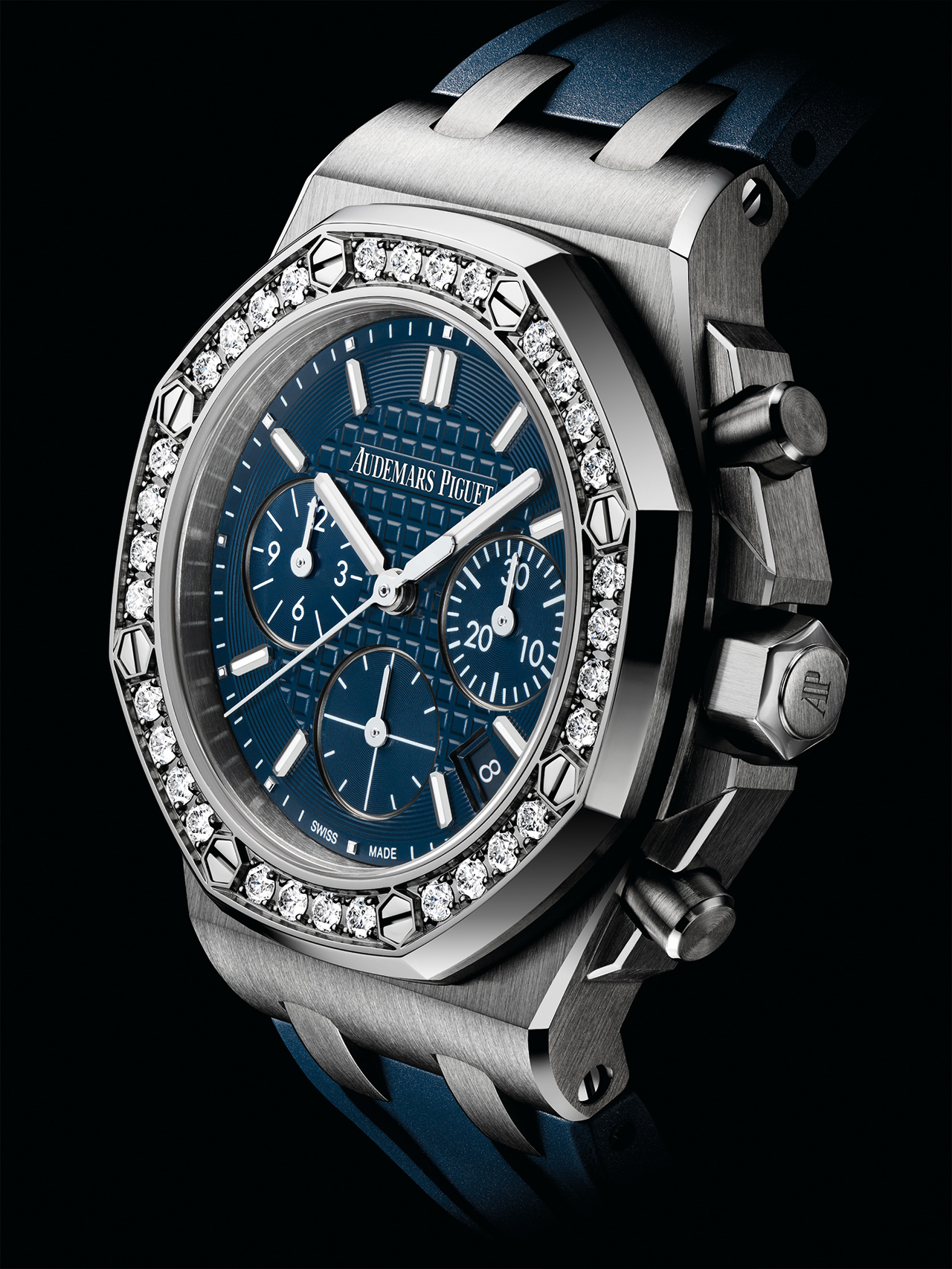News feed
In the exquisite timepieces that are the fascination of horologists the world over, it’s possible to discern the passing of time outside the measure of seconds, minutes and hours. Rarefied watches of this calibre are as much an indicator of the hour at hand as they are a sign of the times we live in.
To gauge the significance of a timepiece to its era, you needn’t look further than one model in particular from the Swiss watchmaker Audemars Piguet, the Royal Oak Offshore, which this year celebrates its 25th anniversary. But to understand the importance of the now iconic Royal Oak Offshore in particular, you first need to look further back in history at the ground-breaking effect that its stylistic predecessor the Royal Oak had on the then-ailing global watch industry.
The Royal Oak arrived at a time of great flux for Swiss watchmaking. With its case made entirely of steel, the sharp lines of an octagonal bezel, a ‘tapisserie’ dial and eight exposed mounting screws, the Royal Oak was a true disrupter when it arrived on the scene in 1972, a time of great tumult for mechanical watchmakers. The industry at large was combatting the arrival of the more affordable, durable quartz watches that were flooding the market from Asia and which were gradually changing wearers’ attitudes to the use of delicate mechanical timepieces.
In the face of great upheaval, Audemars Piguet, founded in 1875, charged the late watch designer Gérald Genta with a finding the answer to a bold new proposition: design a stainless-steel luxury watch that could compete with this new generation of watches in terms of its durability and water resistance, but in a style and class that was entirely its own.
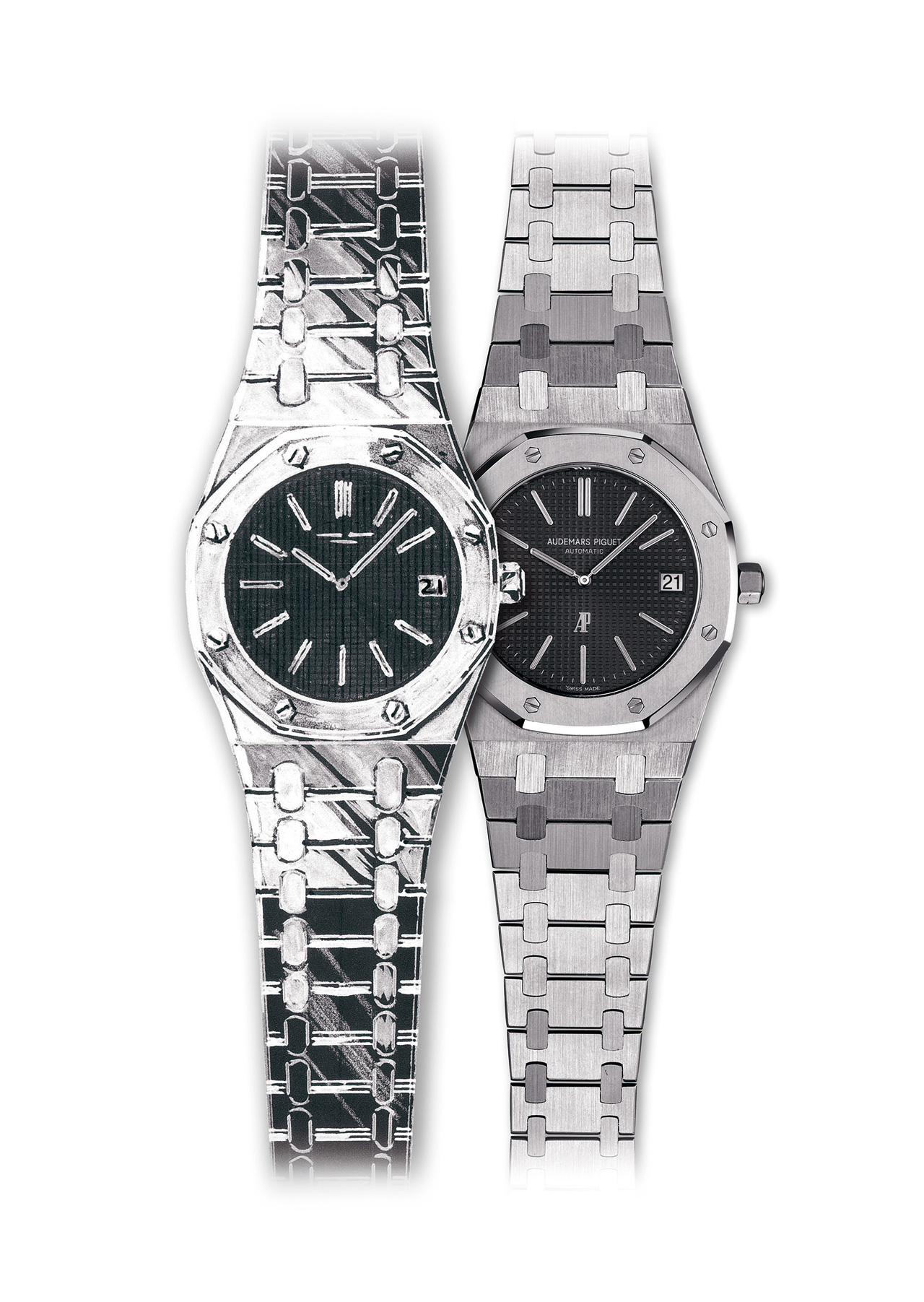
To emphasise each of those traits, Genta took his design cues from the helmets of deep-sea divers, a reference that is still readily discerned in the Royal Oak’s distinctive shape and design flourishes, in particular its exposed mounting screws. The finished product was the industry’s first luxury sports watch. Its arrival in the market heralded the birth of an entirely new product category, one that resuscitated the mechanical watchmaking industry and continued to keep it afloat for the decades that followed.
The young designer Emmanuel Gueit was half Genta’s age when, at 22-years-old, he drew on the designer’s original model to formulate his voluminous design for the Royal Oak Offshore in 1993. A bold, muscular and youthful reinterpretation of the iconic Royal Oak, the Offshore quickly garnered its nickname ‘The Beast’ thanks in part to its sturdy 42mm case and large visible gasket on the bezel. Its athletic appeal and faithful adherence to the design codes of the Royal Oak ensured its popularity amongst timepiece enthusiasts and aficionados from the worlds of haute horlogerie and popular culture alike (fans of the Royal Oak Offshore include Jay-Z, John Mayer and Tom Brady).

A collection of new models featuring new colour schemes, complications and materials was unveiled in January at the 28th edition of the Salon International de la Haute Horlogerie, the annual fine watchmaking show better known as S.I.H.H., in Geneva.
Of note for men is a model featuring a case of 18-carat pink gold, glareproofed sapphire crystal and caseback, black ceramic pushpieces and screw-locked crown; its dial is grey ruthenium-toned with a ‘Méga Tapisserie’ pattern, ivory-toned counters, pink gold-toned Arabic numerals with beige luminescent coating, pink gold Royal Oak hands with beige luminescent coating and a grey ruthenium-toned inner bezel. The timepiece is finished with either an 18-carat pink gold bracelet with a folding clasp or hand-stitched ‘large square scale’ grey alligator skin with an 18-carat pink gold pin buckle.
In addition to the two 18-carat pink gold models, two other Royal Oak Offshore models are also launched. One of the pieces features an elegant grey ceramic bezel, pushpieces and screw-locked crown on a titanium case, while the other features a blue indigo dial, with blue ceramic pushpieces and screw-locked crown on a stainless steel case. This will be the first commercial appearance for blue ceramics in this Royal Oak Offshore model.
For women, Audemars Piguet introduced a Royal Oak Offshore Selfwinding Chronograph model with a wide range of colours and materials. For the stainless steel models, there are six new versions – green, orange, plum, pink, white or blue. As for the 18-carat pink gold version, it comes with a silver-toned dial with contrasting ruthenium-tones counters and matching grey straps. The dials of the women’s Royal Oak Offshore Selfwinding Chronograph features the ‘Lady Tapisserie’ pattern and all models come with a diamond set bezel of 32 brilliant-cut diamonds, totalling up to approximately 1.02 carats.
With each new release, the Royal Oak Offshore restates its claim to the same innovative design principles and technical mastery that ensured that this iconic design will forever have a place in the annals of timepiece history. Versatile and elegant whilst retaining the durability that set it apart from its competitors decades ago, the Royal Oak Offshore is no longer the disrupter it once was – it’s the new standard.
Tile and cover image: Courtesy of Audemars Piguet
Produced in association with Audemars Piguet





